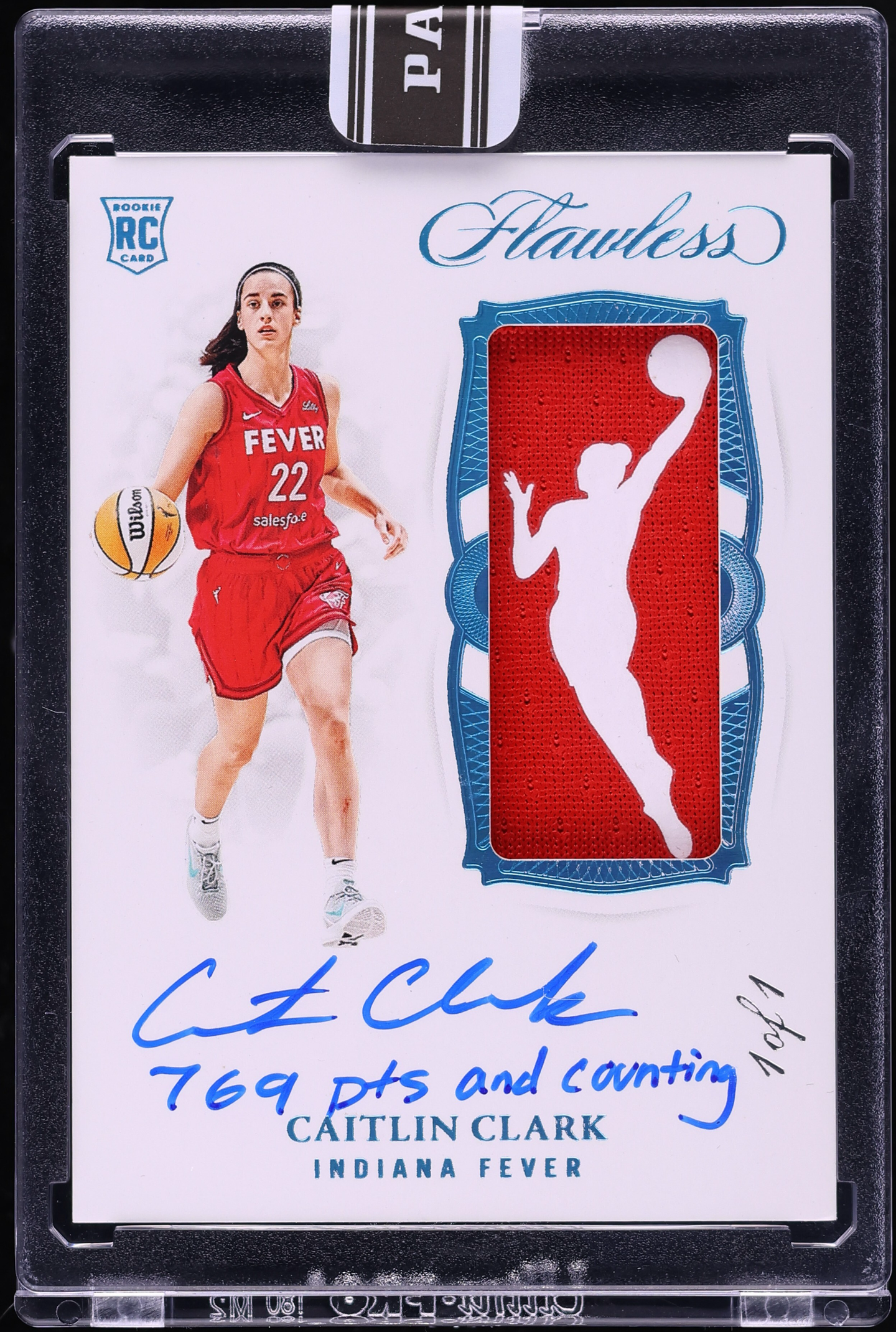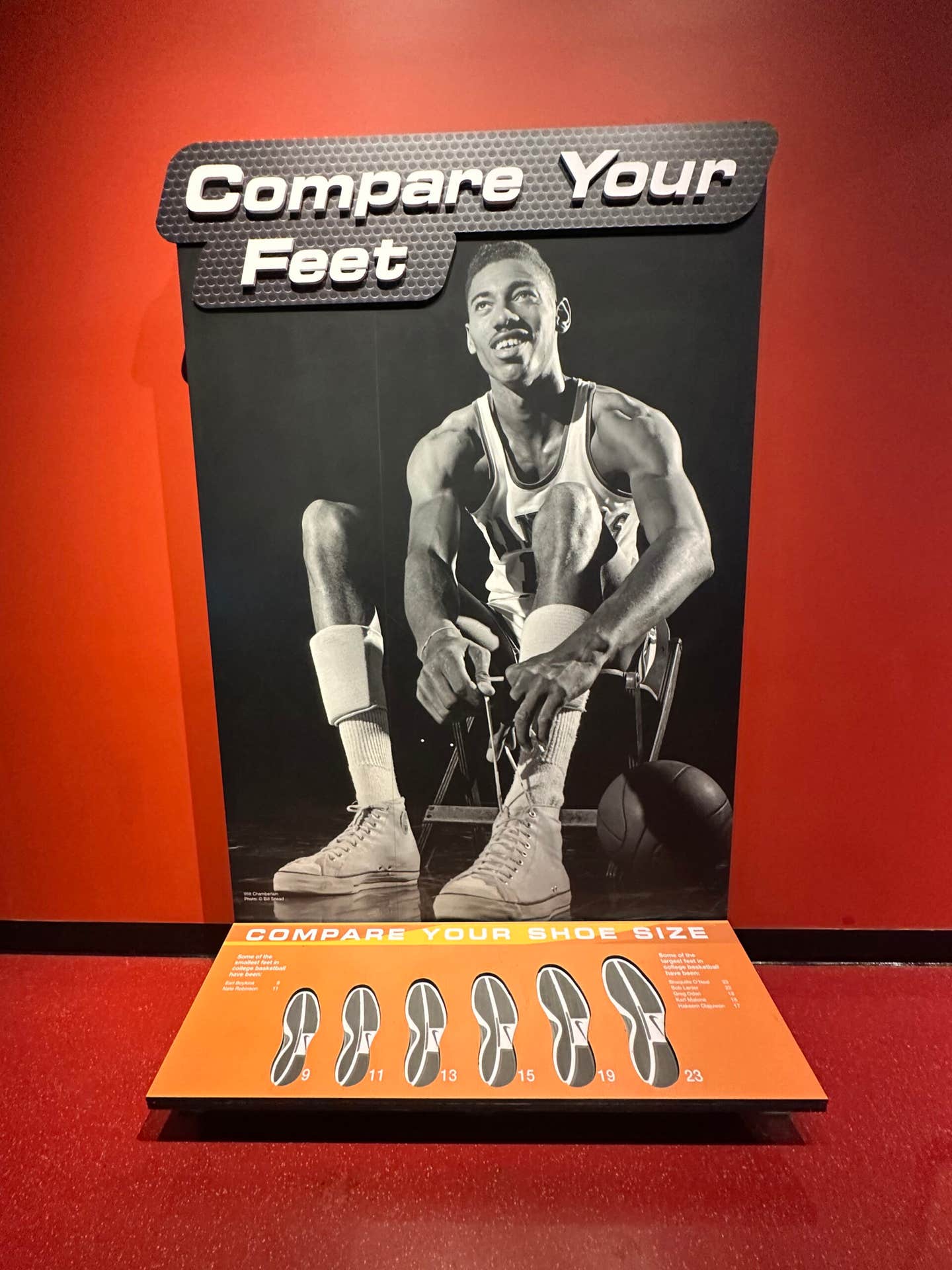News
Rare sports memorabilia on display at the National Museum of Dance
By Paul Post
Collectors can start planning now for a 2018 auction of rare sports memorabilia from one of the most unlikeliest of sources.
Autographed Muhammad Ali boxing gloves and artifacts used by World Series, Super Bowl and Stanley Cup champions are among the many items now on display in an exhibit, “The Dancing Athlete,” at the National Museum of Dance, where world-class ballerinas train at the adjacent School of the Arts, in Saratoga Springs, N.Y.
The display uses text, videos, artifacts and photos to show the connections between sports and dance, and how celebrities in both worlds benefit from them.
Gene Kelly, most famous for his “Singin’ in the Rain” dance routine, once said, “My two loves are dancing and sports. I love to watch them and I love to participate in them. I know that the foundation of my dancing style is a 50-50 mixture of ballet and athletic training, and where one leaves off and the other begins I am never quite sure.”
Museum Outreach Coordinator Jess Munson got the idea for “The Dancing Athlete” during a visit to Cooperstown where she saw a picture of Baseball Hall of Famer Randy Johnson leaping to avoid getting hit by a batted ball. That scene prompted legendary Detroit Tigers broadcaster Ernie Harwell’s observation: “Baseball is like ballet without the music.”
The phrase was displayed next to “The Big Unit’s” picture in the Cooperstown exhibit. That’s all the inspiration Munson needed for “The Dancing Athlete.”
“It was a big undertaking,” she said. “This is not a new idea. It’s just never been done this way.”
Baseball memorabilia highlights include a Mariano Rivera glove and autographed jersey; a color photo, signed by the entire 1986 World Champion New York Mets team, of Ray Knight crossing home plate with the Game 6 winning run following Bill Buckner’s booted grounder; and a ball from the 2000 Subway Series, between the Mets and Yankees, autographed by 2016 Hall of Fame inductee Mike Piazza. A photo shows Piazza helping his daughter in a ballet class.
Munson said the 1986 Mets stayed injury free that year by adopting dance exercises. The display includes Rivera’s No. 42 jersey because his fluid motion on the mound draws comparisons to that of a dancer.
Another series of photos shows the similarity between a pitcher’s windup with hands overhead, and a ballerina’s pirouette with outstretched arms reaching skyward. Likewise, few things in baseball are more awe-inspiring than the acrobat-like movements of a well-executed double play.
“As we looked into it and dug deeper we found relationships between dance and many different sports, not just baseball,” Munson said.
Artifacts are displayed from every major sport including hockey, basketball, football and boxing, along with other pursuits from tennis to freestyle skiing.
One of Munson’s favorite items is a jersey worn by former Philadelphia Flyers goalie Ray Emery. Last winter, members of the Glens Falls, N.Y.-based Adirondack Thunder, an ECHL “Double A” affiliate of the NHL’s Calgary Flames, toured the exhibit.
Munson explained to Thunder players how the rigorous, repetitive training they go through is quite similar to a dancer’s daily routine. She also told how Emery, who briefly played for the former Adirondack Phantoms, a Philadelphia Flyers AHL affiliate, used dance to come back from a potentially career-threatening injury.
“Part of his rehabilitation was pilates and ballet,” she said. “There are lots of connections between dance and hockey.”
The Thunder’s Alexander Fedoseyev, a native of Moscow, was especially interested in items related to former Red Army coach Anatoli Tarasov.
“He’s the Father of Hockey in Russia,” Fedoseyev said.
Famed Ottawa hockey writer Roy MacGregor once said of Tarasov: “He viewed hockey as an art, with the coach as choreographer and players as performers.”
Thunder defenseman Mike Bergin was totally impressed by the exhibit.
“It’s pretty cool,” he said. “I never really thought about dancing and sports together. Everything we saw makes sense, for sure.”
After touring the museum, players even took part in a one-hour class, led by a School of the Dance instructor, to see what routines professional dancers go through.
So, is Brian Ward, the Thunder’s leading goal scorer, ready for an appearance on “Dancing With the Stars”?
“We’ll see,” he said, with a laugh. “This is tougher than I thought.”
Pittsburgh Steelers Super Bowl hero Lynn Swann, one of the greatest receivers of all time, attributes his football success to an extensive dance background, starting out as a 4-year-old.
“That’s where he got his gazelle-like qualities,” said Laura DiRado, Museum of Dance outreach coordinator. “We talked on the phone and met in person for this exhibit. He was so helpful,” she said.
Swann’s helmet, jersey and an autographed football from Super Bowl X are among the exhibit’s many artifacts.
Famed Los Angeles Times sports columnist Jim Murray wrote that watching Swann catch a football is an art form.
“It belongs in a museum, not an arena,” Murray said. “It’s Swann Lake. Tchaikovsky would build a ballet around him.”
“Wide receivers are the ballerinas of football,” he wrote in his “As Graceful as a Swann” column, published in his book, “The Great Ones,” by Los Angeles Times Books.
“Whatever grace and beauty there is in the game, they furnish. A Swann catch looks choreographed.”
“If you want to see the kind of football Monet would want to paint or that should hang in the Louvre, keep your eye on that graceful Swann. If everybody played football this way they’d soon move the Super Bowl to the Met. Nureyev would be second string, and they would have to play Super Bowls with Swann in them to the strains of ‘The Nutcracker Suite.’” (1)
Even at USC, where he starred on the gridiron, Swann was active in the dance department and has pursued different forms of dance including tap, jazz and ballet since retiring from the NFL. He has also served on the Pittsburgh Ballet Theatre’s board of directors.
“He so believes in it,” DiRado said.
A Herschel Walker trading card is included with the football memorabilia because he, too, used dance to improve his agility, balance and coordination.
The display also features memorabilia such as medals, tickets and programs from the 1980 Winter Olympics, in Lake Placid, when the U.S. Men’s “Miracle on Ice” hockey team stunned the world by defeating a heavily favored Soviet squad.
“The Games’ Opening Ceremonies were choreographed, just like dance,” DiRado said.
From the world of boxing, artifacts include trunks worn by Sugar Ray Leonard and late heavyweight champion Joe Frazier’s autographed picture.
Many pieces are on loan from individuals and various sports shrines including the Football Hall of Fame in Canton, Ohio; the World Figure Skating Hall of Fame in Colorado Springs, Colorado; the Vermont Ski and Snowboard Hall of Fame and Museum in Stowe, Vermont; and the Winter Olympic Museum in Lake Placid, New York.
The International Tennis Hall of Fame in Newport, Rhode Island loaned a shirt worn by the great Roger Federer in match competition.
Basketball players, too, have many of the same graceful, acrobatic movements as dancers.
“I feel at times that we are ballerinas in the air,” Dwyane Wade once said. The exhibit includes a large photo of him, plus a ball autographed by the Harlem Globetrotters.
Others items the museum located and purchased outright. Some of these will be put up for sale after the exhibit comes down in April 2018. For information go to www.dancemuseum.org or call (518) 584-2225.
Paul Post is a freelance contributor to Sports Collectors Digest. He can be reached at paulpost@nycap.rr.com.








